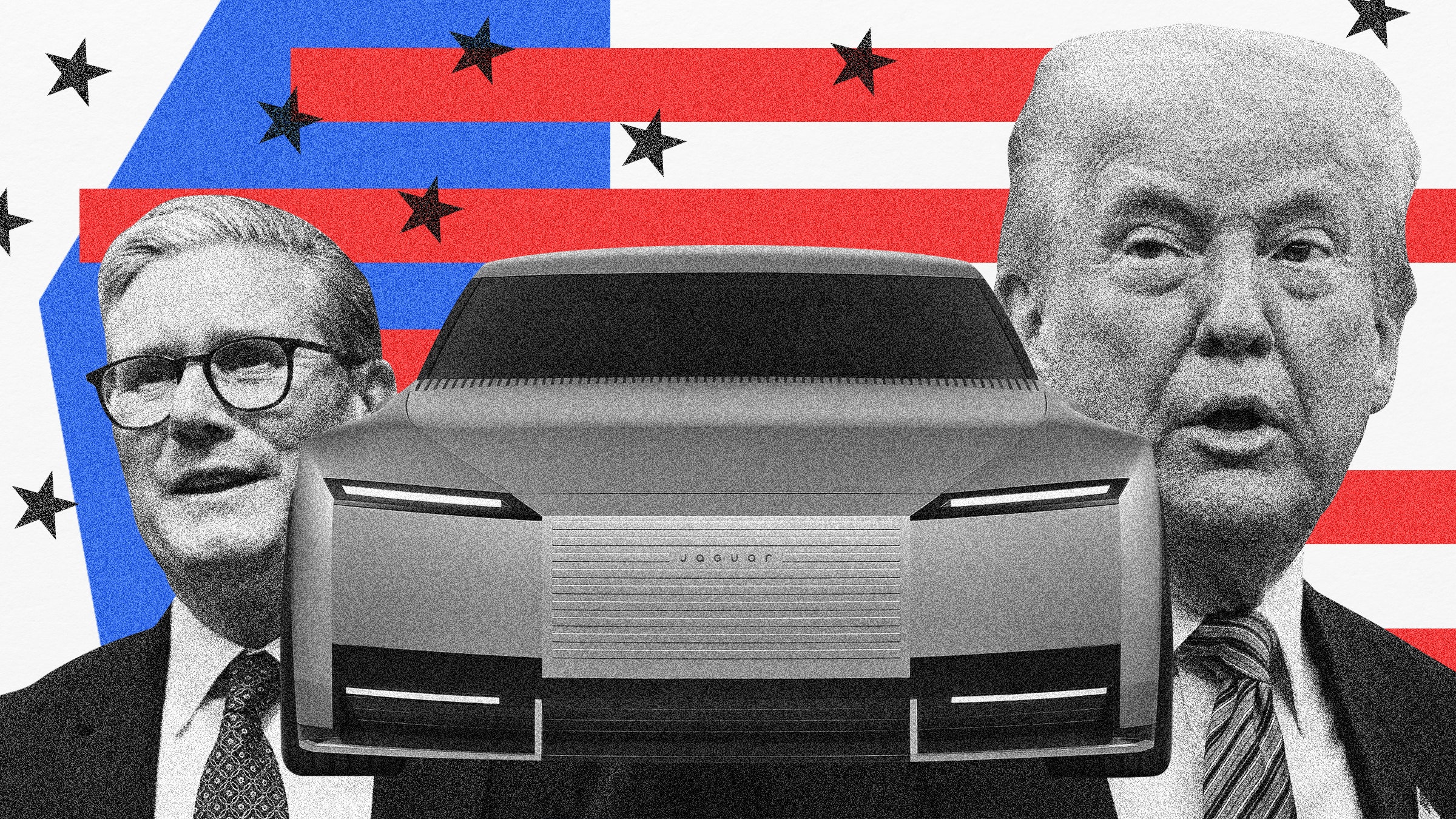US Tech Visa Applications Are Being Put Through the Ringer
US Tech Visa Applications Are Being Put Through the Ringer
Obtaining a visa to work in the tech industry in the United States has become increasingly difficult in recent years. The process is notoriously complex and time-consuming, leaving many highly skilled individuals waiting in limbo for approval.
One of the main reasons for the increased scrutiny of tech visa applications is the Trump administration’s “Buy American, Hire American” executive order, which aims to protect American workers by prioritizing their employment over foreign workers.
As a result, tech companies are finding it harder to hire talent from overseas, leading to a shortage of skilled workers in the industry. This has implications for the competitiveness of US tech companies on the global stage.
Many tech visa applicants are facing a slew of additional requirements, such as requests for more documentation and in-person interviews. These extra steps are causing even more delays in an already protracted process.
Despite the challenges, the demand for tech talent in the US remains high, with companies willing to go to great lengths to secure the right candidates. However, the current visa application process is making it increasingly difficult for these companies to fill their talent gaps.
Tech workers from countries like India and China, who make up a significant portion of the US tech workforce, are feeling the brunt of these changes. The uncertainty and unpredictability of the visa application process have caused anxiety and frustration among many foreign workers.
As the tech industry continues to grow and evolve, the need for a streamlined and efficient visa application process becomes more apparent. Without a way to attract and retain top tech talent from around the world, the US risks falling behind in the global tech race.
Efforts are being made to reform the current visa application process and make it more transparent and accessible to foreign workers. However, progress has been slow, and many tech workers are still left in a state of uncertainty about their future in the US.
In the meantime, tech companies and foreign workers are left navigating a complex and convoluted system that often feels like it’s putting their livelihoods through the ringer.
It remains to be seen how the US tech visa application process will evolve in the coming years and how it will impact the future of the tech industry in the United States.






